WiBotic Wins “Wireless Innovation of the Year” at the 2025 Mobile Breakthrough Awards
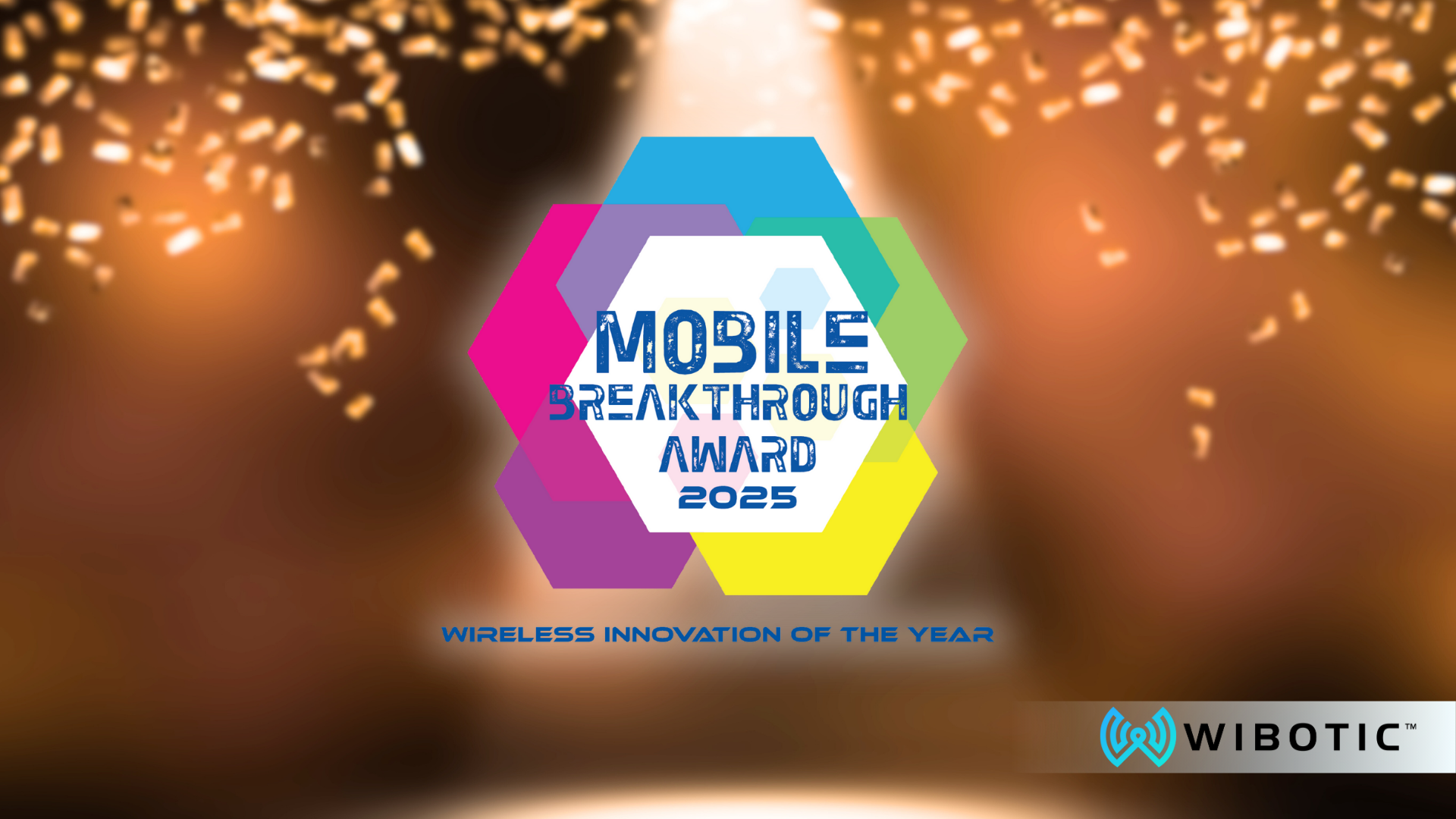
By: Isaiah Dominguez
We’re incredibly proud to share some exciting news, WiBotic has been named “Wireless Innovation of the Year” in the 9th annual Mobile Breakthrough Awards!
Each year, Mobile Breakthrough recognizes companies around the world that are redefining what’s possible in mobile and wireless technology. To be included among such an inspiring group of innovators is an honor and a testament to the creativity and dedication of our team.
Our mission has always been simple: to make powering robots as seamless and autonomous as possible. From industrial and commercial fleets to space exploration, we’re helping customers eliminate the downtime, maintenance, and inefficiencies that come with plug-in or contact-based charging systems.
As our CEO Ben Waters put it:
“From the start, we believed wireless charging could eliminate the failures and maintenance headaches of contact-based stations. We’ve stayed focused on creating systems that are simple to integrate or retrofit, so our customers can get up and running quickly and we’ll keep pushing the boundaries of what’s possible for the robotics industry.”
That customer-first philosophy drives everything we do. We design our technology not only to perform, but to adapt across different battery chemistries, voltages, and charging rates. The result is a truly universal charging platform that scales as fleets grow and evolve.
We believe that true autonomy starts with reliable, intelligent power. Winning “Wireless Innovation of the Year” reinforces what we’ve always known: that wireless power isn’t just a convenience, it’s the foundation of the next generation of robotics.
We’re thankful to the Mobile Breakthrough team for this recognition and to our incredible partners and customers who continue to trust WiBotic to power their missions, whether that’s in a factory, a hospital, or on the surface of the Moon.
Here’s to more breakthroughs ahead.

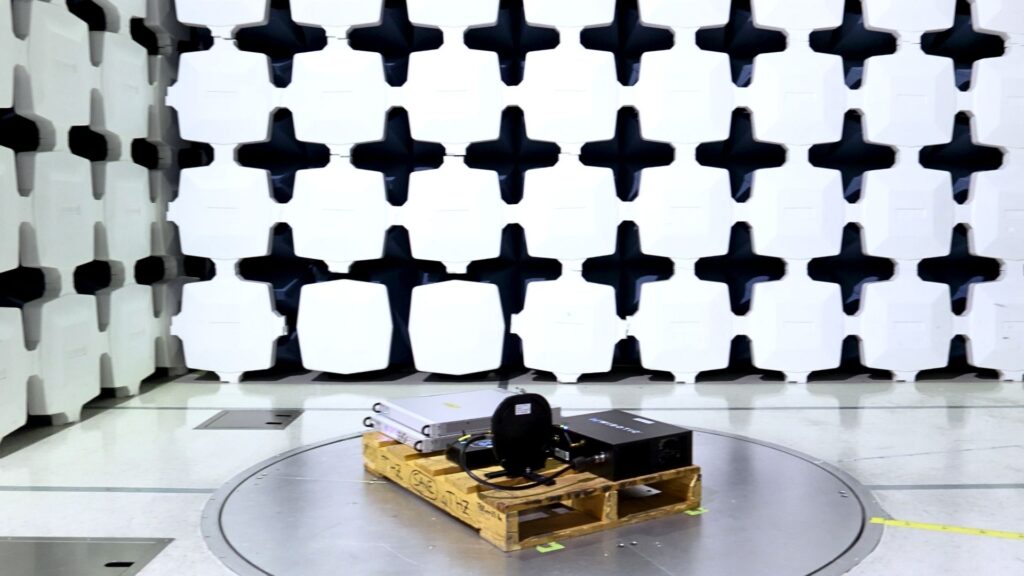
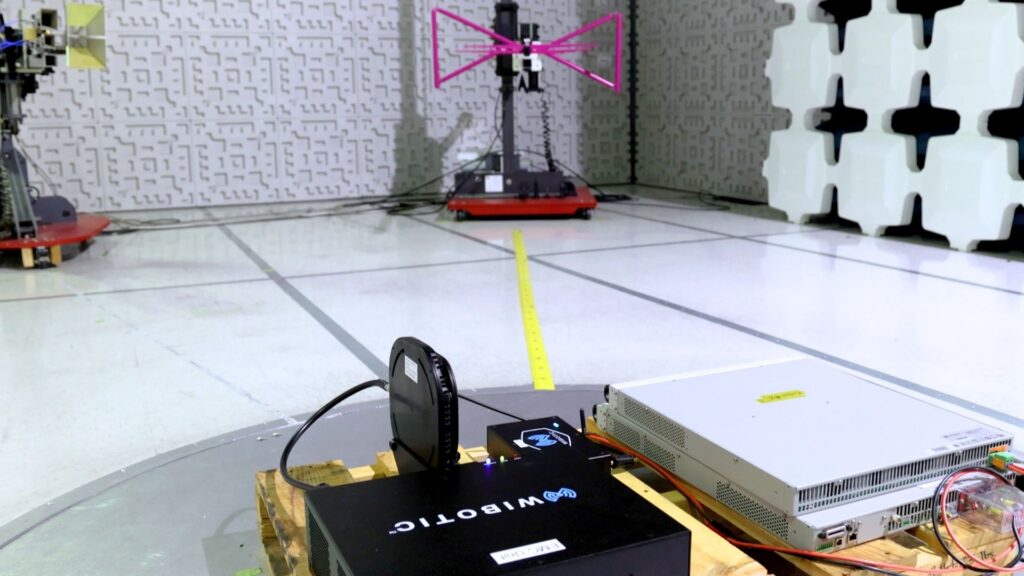
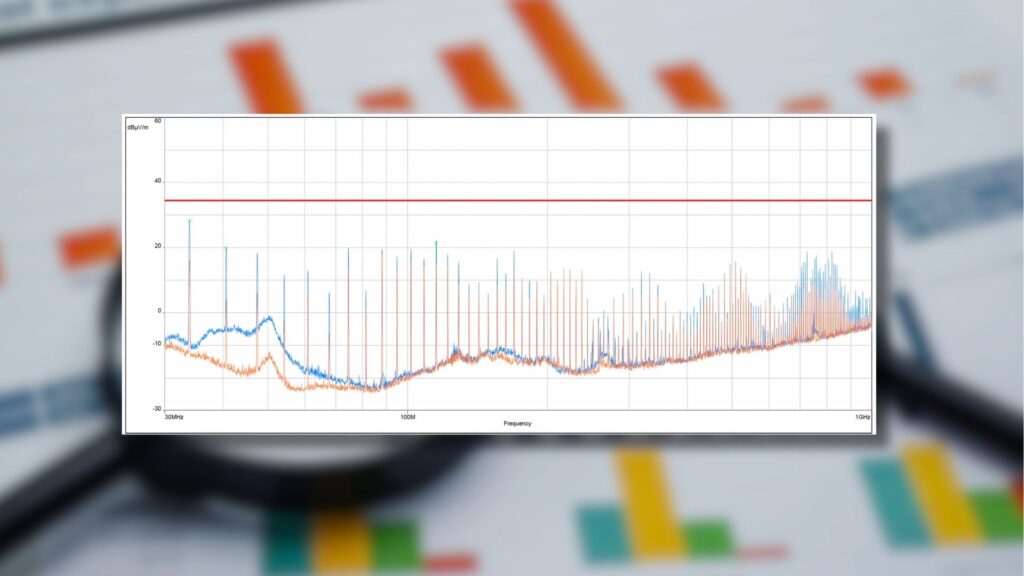
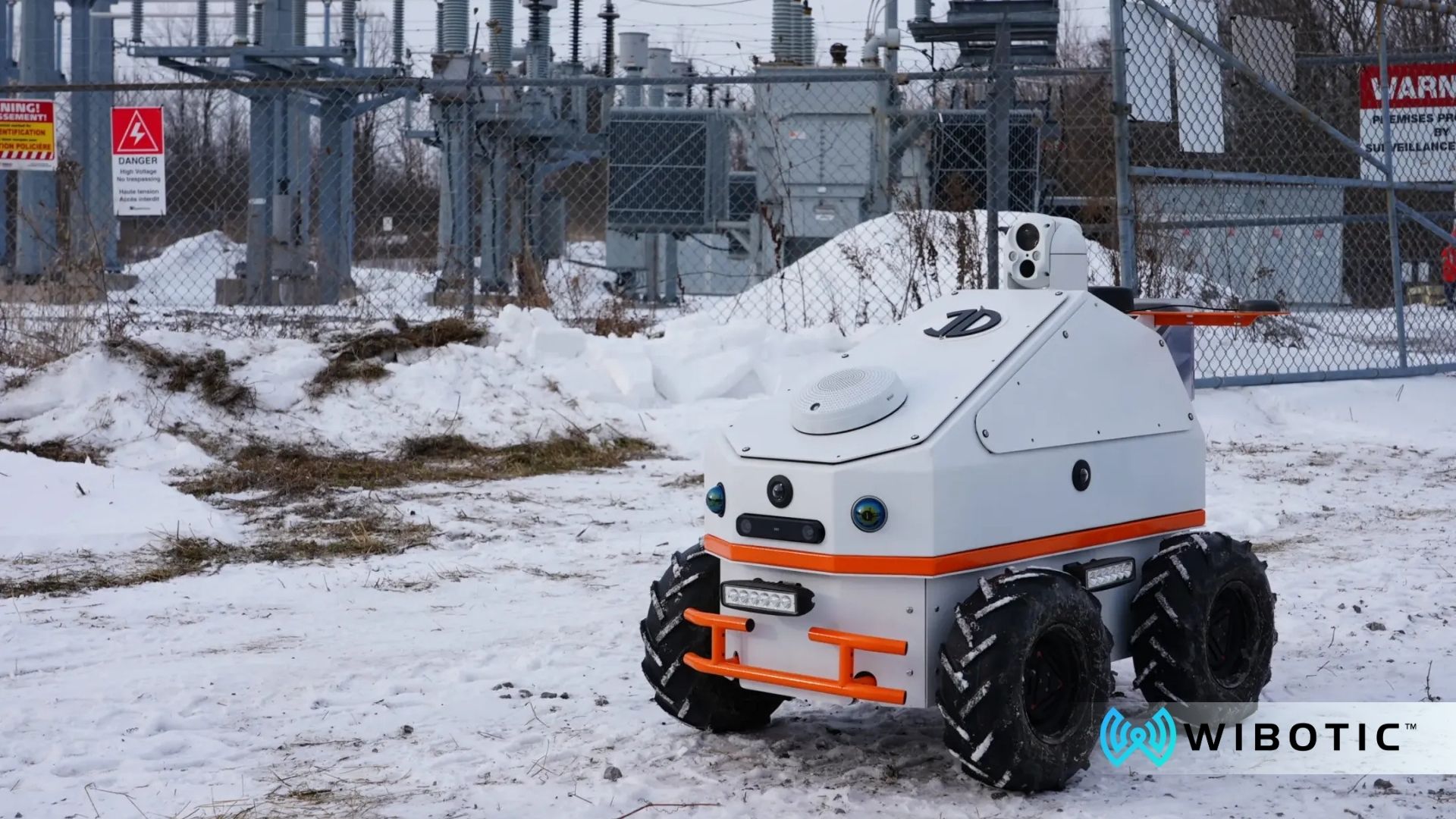



 There are three primary approaches to address this issue. The first, plug-in charging, involves connecting the robot to a standard power outlet. This method, while straightforward, requires human intervention, introducing potential delays and risks of human error, such as forgetting to plug the robot in or not tracking charge cycles. This also places unnecessary strain on the battery, potentially shortening its lifespan and resulting in more frequent replacements. As a result, plug-in charging is gradually being phased out in advanced humanoid robot applications.
There are three primary approaches to address this issue. The first, plug-in charging, involves connecting the robot to a standard power outlet. This method, while straightforward, requires human intervention, introducing potential delays and risks of human error, such as forgetting to plug the robot in or not tracking charge cycles. This also places unnecessary strain on the battery, potentially shortening its lifespan and resulting in more frequent replacements. As a result, plug-in charging is gradually being phased out in advanced humanoid robot applications.
